Top 9 Interesting Facts about Al Capone
At some point in your life, you may have heard of Al Capone and his reputation as a ruthless mobster. Now let's Toplist discover interesting facts about Al ... read more...Capone.
-
Alphonse Gabriel Capone, also known as "Scarface," was an American gangster and businessman who rose to prominence as the co-founder and boss of the Chicago Outfit during the Prohibition era. His seven-year reign as a crime lord came to an end when he was sentenced to prison at the age of 33. Al Capone was a member of several young gangs, including the South Brooklyn Rippers, Forty Thieves Juniors, and James Street Boys. These gangs were not as serious as the ones most people associate Al Capone with; they were mostly known for shoplifting, vandalism, and other minor offenses. These gangs, particularly the connections he made in the James Street Boys gang, would serve as stepping stones for Al's criminal career.
Capone was born in New York City to Italian immigrant parents in 1899. As a teenager, he joined the Five Points Gang and worked as a bouncer in organized crime establishments such as brothels. He moved to Chicago in his early twenties and became a bodyguard and trusted factotum for Johnny Torrio, the head of a criminal syndicate that illegally supplied alcohol—the forerunner of the Outfit—and was politically protected through the Unione Siciliana. A feud with the North Side Gang played a role in Capone's rise and fall. Torrio stepped down after North Side gunmen nearly killed him, ceding control to Al Capone. Capone expanded his bootlegging business through increasingly violent means, but his mutually beneficial relationships with mayor William Hale Thompson and the city's police meant he appeared to be safe from authorities.
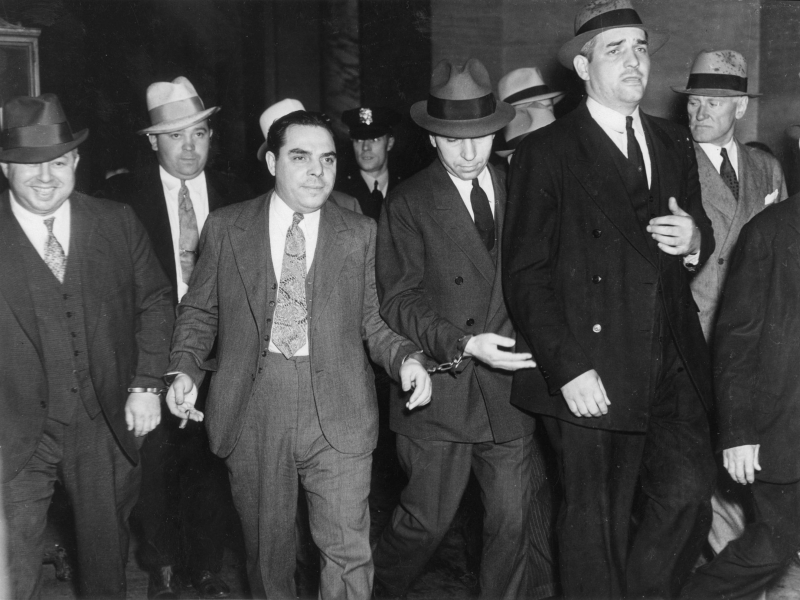
Photo: All That's Interesting - Five Points Gang 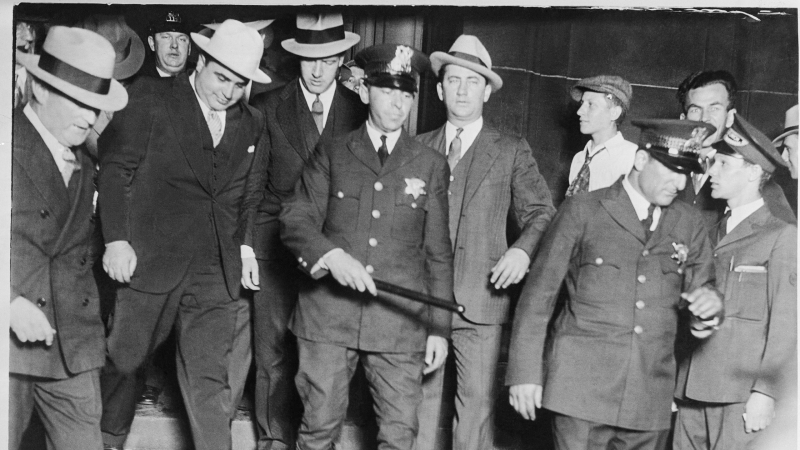
Photo: All That's Interesting - American Gangster -
Most people associate Al Capone with a Chicago mob boss, but they may be unaware that he was born in Brooklyn, New York. Al was one of nine children born to immigrant parents in 1899. Al's childhood was not prosperous, as it was for many other immigrant families at the time; his mother was a seamstress and his father was a barber. 38 Garfield Place in Park Slope was his childhood home. His family also lived on the same street at numbers 21 and 46. Al Capone had so many ties to Garfield Place that legend has it that he hid money in the walls of one of his old homes. This poor upbringing may have played a role in Al's quest for a better life.
Capone attended P.S. 7 and then P.S. 133 and was a good student until sixth grade, when his attendance and performance began to deteriorate. That year, he was held back. Al was hit by his teacher at the time, so he retaliated by hitting her back. He was then sent to the principal's office, where he was also hit (this was common back in the day). Al Capone never returned to school as a student.
Capone relocated to Chicago to work for gangster Johnny Torrio. Al rose through the ranks of the organization to become Torrio's right-hand man. Prohibition made the production and sale of alcoholic beverages illegal during this time period. The gang made the majority of their money by selling counterfeit liquor. Torrio was assassinated by a rival gang in 1925, and Al Capone took over as crime boss.
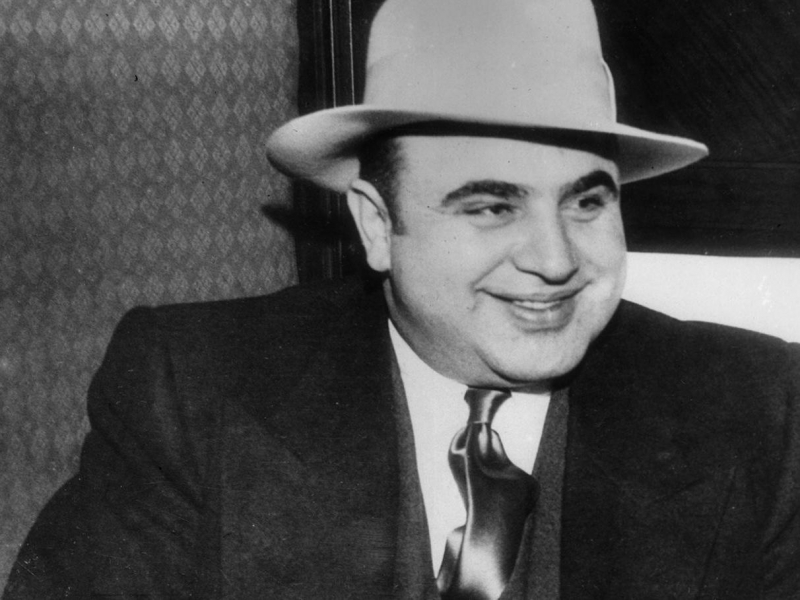
Photo: Vietnamnet - Al Capone 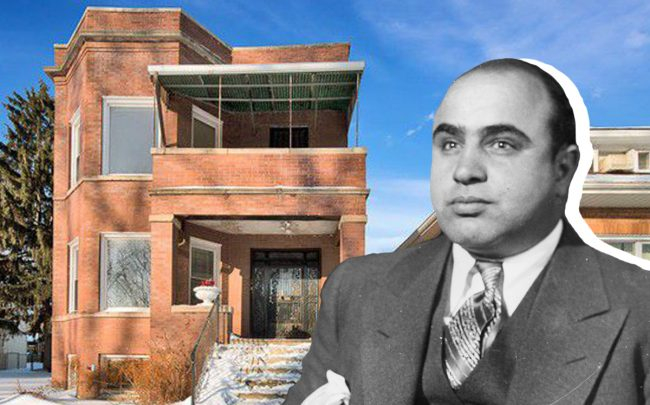
Photo: Dreamstime.com - Al Capone -
First, Capone's contempt for authority and those who did not respect him was evident from a young age. During a class argument in sixth grade, a female teacher called Capone a dago and slapped him, which enraged Capone to the point where he punched the female teacher in the face, breaking her nose. Al Capone never returned to school as a student and Al Capone only had a Middle-School education.
Following the incident, the Capone family relocated to a new neighborhood, where Capone met the man who would forever change his life. Johnny Torrio was the most successful and respected gangster in New York at the time, and his headquarters were directly across the street from Al Capone's new home. Torrio became Capone's new role model almost immediately, and Capone even got a job running small errands for Torrio and his crew. Capone spent every waking moment with the Torrio organization, which served as his new educational system because he no longer went to regular school. Torrio moved to Chicago after a few years, but Capone would soon find a new influence to further his street education. Before moving, Torrio arranged for Capone to work as a bartender/bouncer for Frankie Yale, where he earned the moniker Scarface after a late-night scuffle left him with three knife cuts on his face. It didn't take long for Yale to be impressed. Many people believe that Al Capone went around murdering and torturing people for the sake of it, but the truth is that he only harmed people who tried to harm him or the people he cared about.
We're sure Al Capone could have found a happy life doing something else, but he was never given a fair deal from the start of his life, so he took the only real education he ever received and turned himself into an American legend.
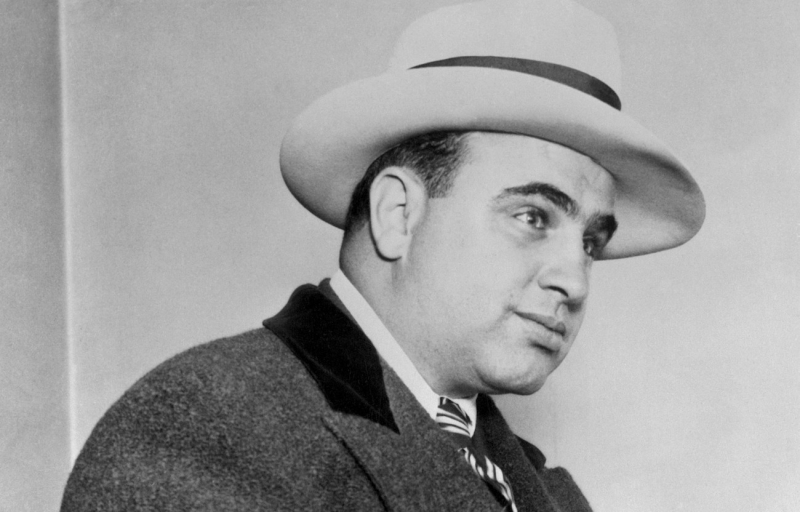
Photo: FashGuide.net 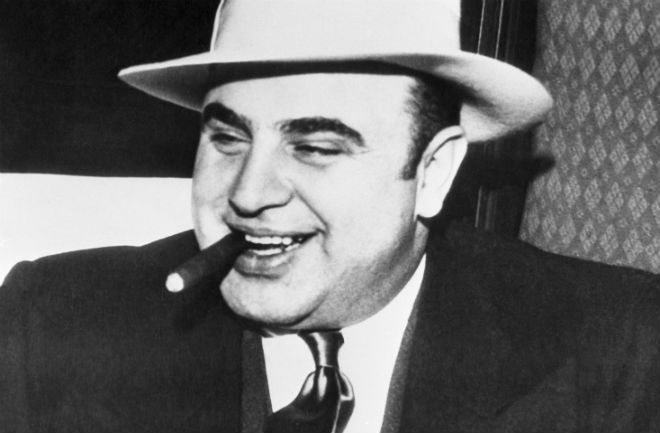
Photo: Getty Images -
Capone was introduced to Brooklyn racketeer Frankie Yale, a.k.a. Frank Sale, by Torrio. He hired Capone as a bartender and occasional bouncer at the Harvard Inn, a Coney Island dance hall and saloon he owned. According to legend, while working there, Capone insulted the sister of a local petty felon named Frank Galluccio, who promptly slashed him across the face three times with a pocket knife. However, MyAlCaponeMuseum.com's Mario Gomes discovered a December 1918 article in the Brooklyn Daily Times stating that one "Alfonzo Capone" was approached by two men and had his cheek slashed with a knife (though the paper gets the side of the face wrong).Along with other evidence, Gomes speculates that Capone insulted Galluccio's sister at a different dance hall, and then Galluccio tracked him down and attacked him at a restaurant.
Whatever happened, the healed wounds eventually led to Capone's infamous "Scarface" moniker, which he despised. (His closest friends referred to him as "Snorky," a reference to his fashion sense.) Capone later claimed that he received the three shrapnel scars while fighting in France during World War I, despite the fact that he had not served in the war.
Despite the permanent marks Galluccio left on Capone, there was no ill will between them thanks to Yale's intervention, and when Capone took over the Chicago mob, he hired Galluccio as his bodyguard for a then-astronomical salary of $100 per week.
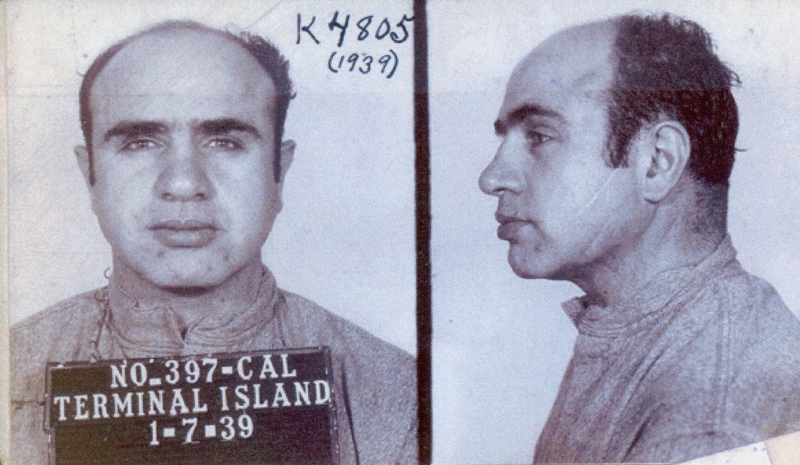
Photo: History | HowStuffWorks 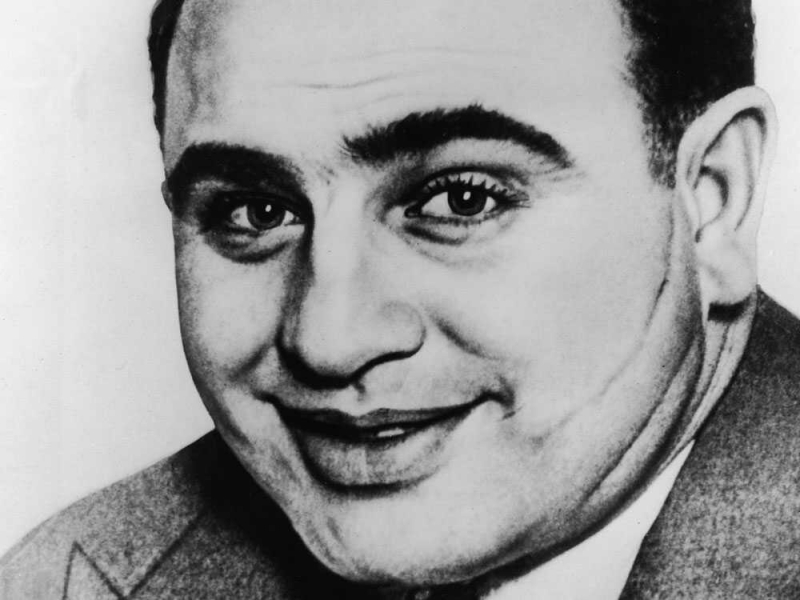
Photo: Today I Found Out -
The assassination of O'Banion, in which Capone was suspected of taking part, sparked a five-year Chicago gang war, culminating in the 1929 St. Valentine's Day Massacre.
Throughout the open warfare between Chicago's Italian and Irish gangs, Capone had survived a handful of assassination attempts. He is said to have given the order to assassinate the North Side Gang's most recent leader, George "Bugs" Moran, who took over after the gang's previous two leaders, Hymie Weiss and Vincent Drucci, were killed.
On February 14, 1929, men dressed as police officers staged an alcohol raid on Moran's headquarters at 2122 North Clark Street, lining up seven men against a wall, mistaking one of them for Moran, who was actually running late, and murdering them in cold blood. The only witness, who lived just a few minutes after the police arrived, remained silent.
Moran continued to be involved in organized crime after Prohibition, but he died penniless in Leavenworth Federal Prison in 1957. The perpetrators of the massacre were never identified, and Capone, who claimed to be in Miami at the time, was never charged for his alleged role in ordering the multi-man hit.
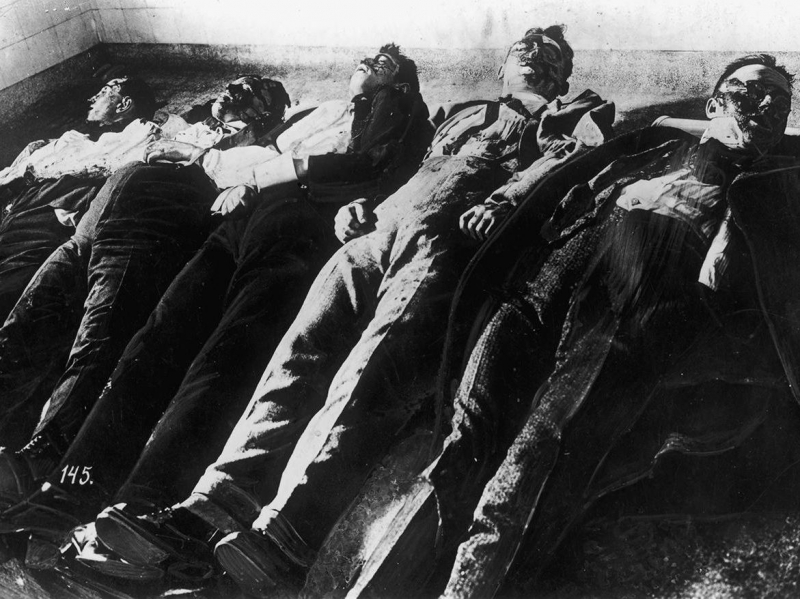
Photo: ThoughtCo - Valentines Day Massacre 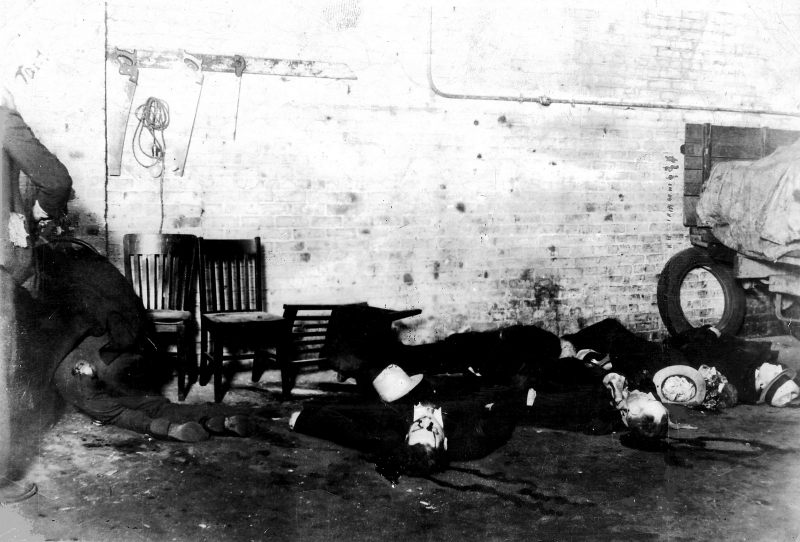
Photo: Wikipedia - Memory of St. Valentine's Day Massacre -
One of the interesting facts about Al Capone is the infamous baseball scene in The Untouchables was based on reality. Capone usually had his minions do his dirty work, but he did take matters into his own hands on occasion. Consider when a Sicilian gangster named Joe Aiello persuaded some of Capone's own—Chicago Outfit gangsters Albert Anselmi, John Scalise, and Joseph Giunta—to overthrow the gangster, and one of Capone's bodyguards, Frank Rio, discovered the plot.Scarface invited the men to dinner, as author John Kobler writes in Capone: The Life and World of Al Capone—the traditional "hospitality before execution." He revealed to them after the meal that he was aware of their treachery. The men were then tied to their chairs by Capone's bodyguards, and Capone stood up, grabbing a baseball bat:
“Slowly, he walked the length of the table and halted behind the first guest of honor. With both hands, he lifted the bat and slammed it down full force. Slowly, methodically, he struck again and again, breaking bones in the man’s shoulders, arms, and chest. He moved to the next man and when he had reduced him to mangled flesh and bone, to the third. One of the bodyguards then fetched his revolver from the checkroom and shot each man in the back of the head.”
Later, in The Untouchables, Brian De Palma used the incident to show Capone (Robert De Niro) treating some of his colleagues to a lavish dinner before murdering a guest with a baseball bat himself.
Video: Movieclips - The Untouchablesa 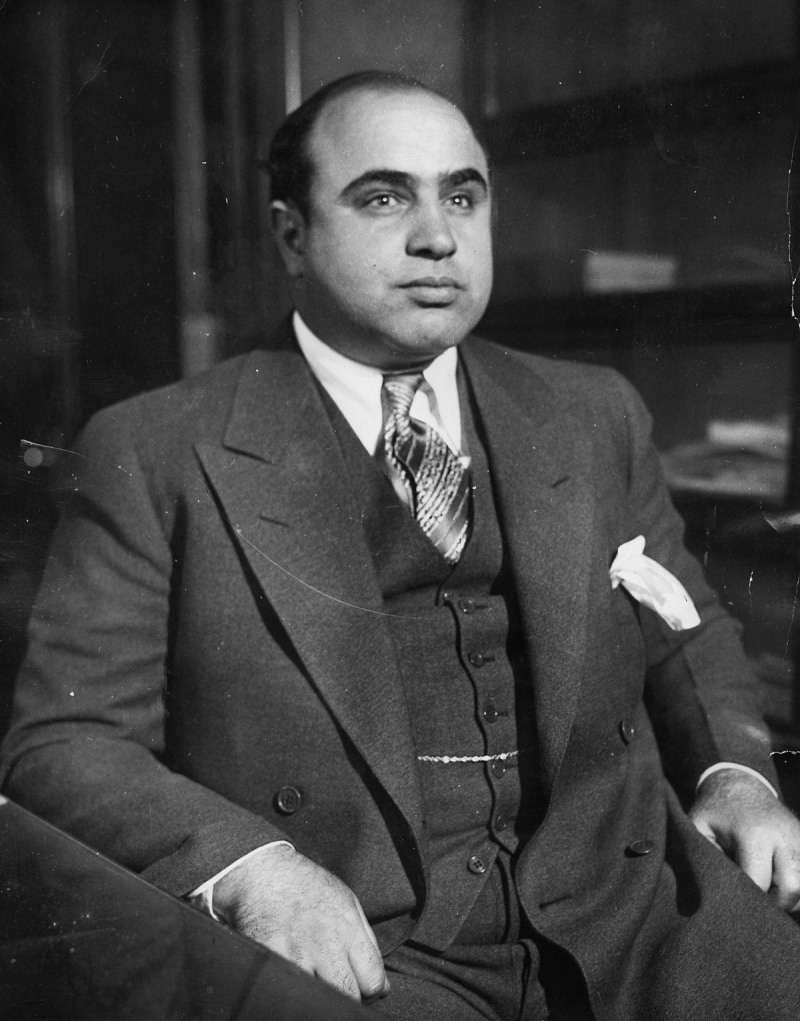
Photo: Wikipedia -
Capone's bootlegging operation most likely made forays into Canada, but despite what the town's marketing materials claimed, one of the places he didn't slip by the border was in the Saskatchewan city of Moose Jaw.
According to a statement posted on the RCMP's website, “In 2000 the town of Moose Jaw, Saskatchewan, came up with a marketing ploy to attract tourists. They claimed that Al Capone spent time covertly in Moose Jaw during American prohibition using the Moose Jaw tunnels to run his bootlegging business. There is no evidence that links Capone's bootlegging to Moose Jaw, let alone any evidence that he ever set foot on Canadian soil.”
Knight's thoughts on the tunnels have been well documented. In an interview with the Regina Leader Post in 1991, she stated, “As far as I’m concerned it all started with a couple of reporters in a beer parlor about 20 years ago. The idea was to drum up some local interest. Someone said, ‘You know, Al Capone could have come up over the Soo Line and hung out in Moose Jaw.’ So they decided to go along with it. As far as I know, that’s how it started.”
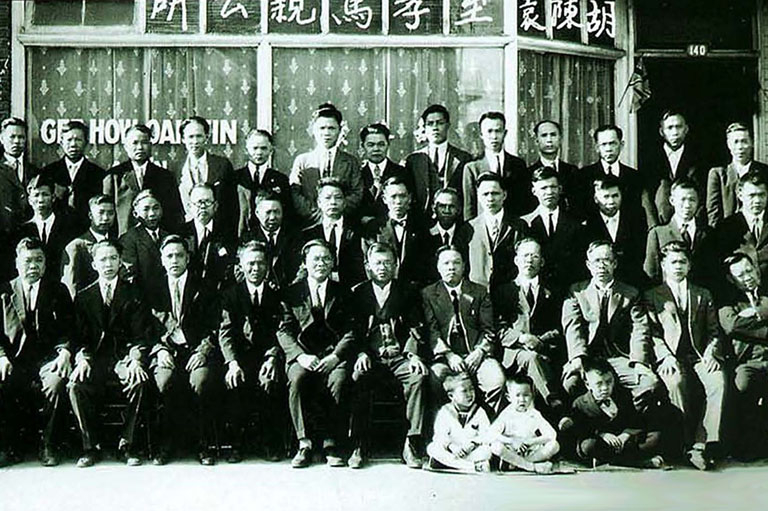
Photo: Canada's History - Moose Jaw's Urban Legend 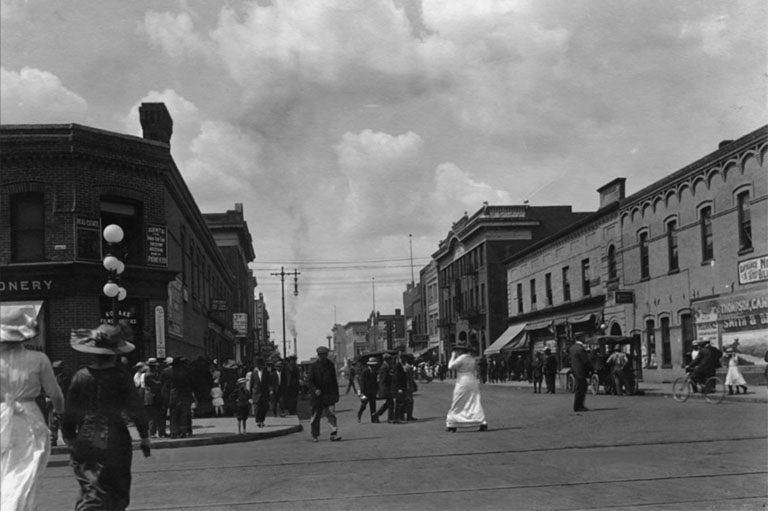
Photo: Canada's History - Moose Jaw's Urban Legend -
Despite commanding a criminal empire and ordering assassinations on a slew of his adversaries, Al Capone avoided prosecution for years by bribing police and public officials and threatening witnesses. The mob boss received his first criminal conviction in May 1929, when he was arrested for carrying a concealed weapon in Philadelphia (he was on his way back to Chicago from an organized-crime summit in Atlantic City, New Jersey) and sentenced to a year in prison. He was released in March 1930, and a month later the Chicago Crime Commission issued its first-ever list of the city's worst criminals, with Capone ranked first.
Meanwhile, on President Herbert Hoover's orders, the federal government built a case against Capone for income-tax evasion, and he was indicted on tax evasion charges in June 1931. Capone agreed to a plea deal that included a two-and-a-half-year prison sentence; however, the judge in the case refused to accept the deal. Capone rescinded his guilty plea, and the case proceeded to trial. After learning that bribes had been offered to seat a Capone-friendly jury, the judge changed the pool of prospective jurors at the start of the highly publicized proceedings. In October 1931, an all-male jury (Illinois did not allow female jurors until 1939) found the gangster guilty of five of the more than 20 counts against him (three felonies and two misdemeanors). He was sentenced to 11 years in prison and fined $50,000, the harshest sentence ever handed down for tax evasion at the time.
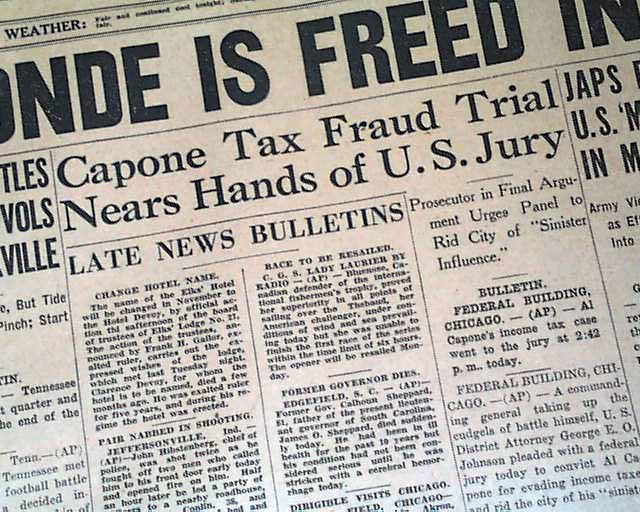
Photo: WorthPoint - Newspaper article of Al Capone 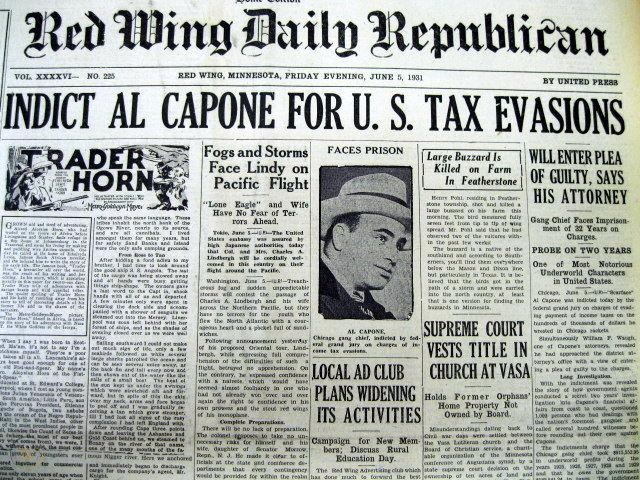
Photo: Pinterest - Newspaper article of Al Capone -
You may not know, that one of the interesting facts about Al Capone is that Capone's crime gang raked in as much as $100 million annually.
After arriving in Chicago, Capone began working for Torrio, who was part of a criminal organization led by Big Jim Colosimo. When Colosimo was assassinated (possibly as a result of a hit ordered by Torrio and carried out by Capone's former boss Frankie Yale), Torrio took over as boss and made Capone a key aide. Torrio was assassinated outside his Illinois home in January 1925. He survived the attack but left Chicago later that year, replacing himself with the 26-year-old Al Capone.
Capone grew "the outfit," as he referred to his underworld organization, and rose to become one of America's most powerful mobsters. According to some estimates, his crime syndicate made around $100 million per year, the majority of which came from bootlegging, followed by gambling, prostitution, racketeering, and other illegal activities. Capone, a flashy dresser who enjoyed chatting with reporters and became an international celebrity, never apologized for his way of life. He claimed to be performing a "public service" for Chicago residents, saying: “Ninety percent of the people of Cook County drink and gamble, and my offense has been to furnish them with those amusements.”
Video: Reading Through History - History Brief: Al Capone & Organized Crime 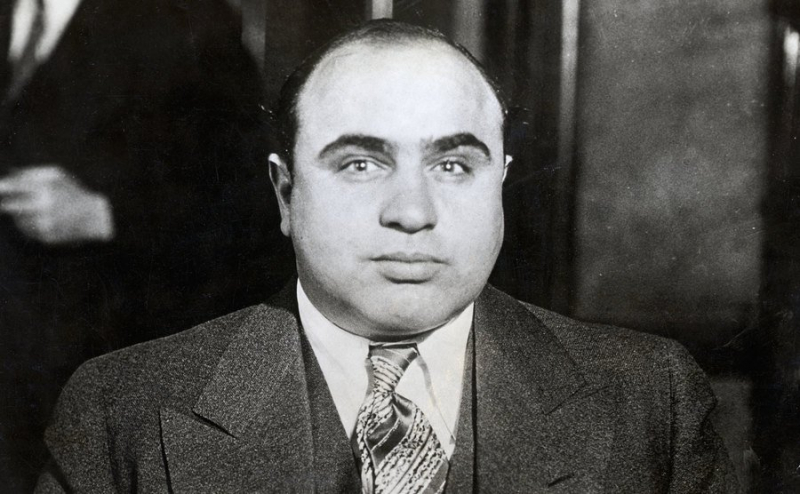
Photo: The Vintage News - Capone’s crime gang raked in as much as $100 million annually






























